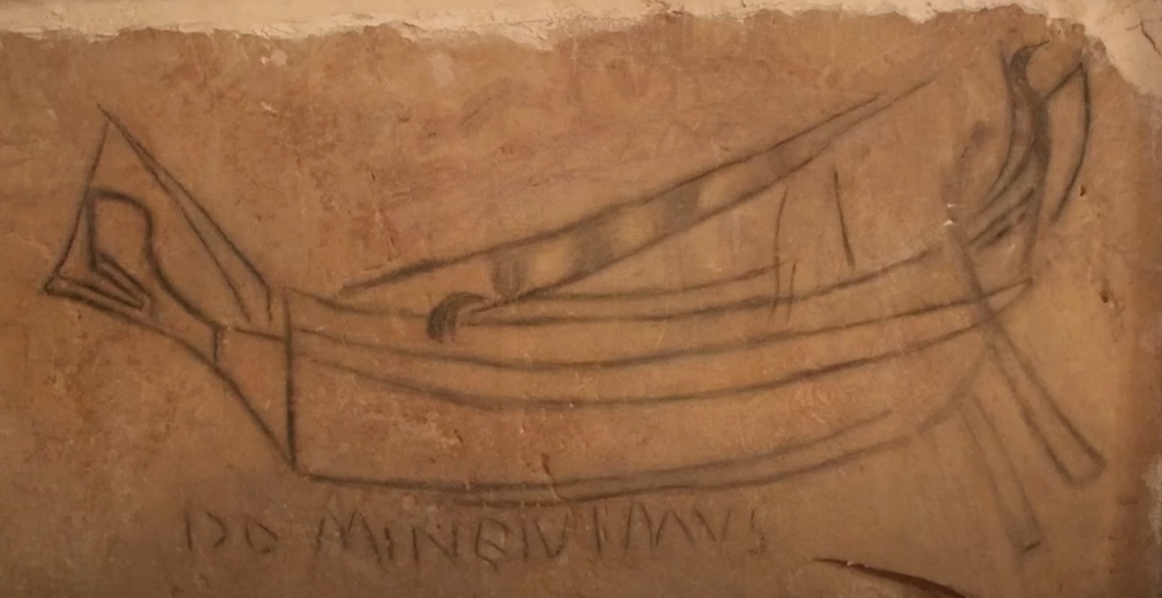
As Easter approaches, I am reminded of a trip that I made when I was 18 years old. Fifty years ago, after completing a course of studies at Capernwray Bible School in Germany, I traveled to Israel with some friends to see first hand some of the places that we had studied. In Jerusalem, we visited the Church of the Holy Sepulchre. Although it was the Easter season, we happened to be there while it was almost empty. A Greek Orthodox priest uncovered a small space to reveal the spot believed to be where the cross was erected on which Jesus died. I was skeptical. I don’t recall all that the priest said but he concluded with a wave of his hand over the space already covered with coins and said, “as you please,” inviting me to add to the collection. I was repulsed and walked out of the church. My solemn thoughts of Christ’s death and resurrection were turned to pictures of Jesus cleansing the temple. I was not inspired.
This year, I learned more about the history of the Church of the Holy Sepulchre. The first building to commemorate the location of the death and the resurrection of Christ was built by Emperor Constantine after he converted to Christianity in the early 300s. The City of Jerusalem had been destroyed by Titus in the year 70 just 37 years after the resurrection of Christ. Titus later became a Roman Emperor. His goal was to crush a Jewish rebellion against Rome.
In about 130, Emperor Hadrian decided to rebuild Jerusalem so that it would be a truly Roman settlement. He renamed it Aelia Capitolina dedicating it to Capitoline Jupiter, the king of all the Roman gods. Fearing that Christian churches would be established at the location where Jesus died and was buried, he built pagan buildings to show that his choice of gods was greater than the true God. He knew that Jesus’ sacrifice was considered an act of love, so over the exact spot of the sacrifice, he built a large statue of Venus, the Roman goddess of love. Over the place of the tomb of Christ, he built a temple for Jupiter.
Shortly after Emperor Constantine became a Christian (around the year 310), he sought to build a temple at the location of the birth of Christ in Bethlehem but he also wanted to build at the site where Jesus died and was buried. He sent his mother, Helena who was also a Christian, to go to Jerusalem to find the locations. She discovered that Hadrian had marked these locations with a statue of Venus and a temple for Jupiter. Hadrian’s attempts to destroy these locations ended up marking them for Constantine to find.
Recent archaeological digs under the Church of the Holy Sepulchre have revealed drawings on the walls near the tomb.* The drawing shows a detailed boat with an inscription in old Latin, DO MINEIVMVS. This has been translated: “we will go.” It is a bold declaration and although the date of the writing is uncertain, some scholars have suggested that this could have been written just after Jesus’ ascension and most likely before even one of the four gospels was written - perhaps even before Pentecost. It’s a remarkable discovery.
The resurrection of Jesus should remind believers of His words before He ascended to heaven recorded in Matthew 28:19-20: “Go therefore and make disciples of all the nations, baptizing them in the name of the Father and the Son and the Holy Spirit, teaching them to observe all that I commanded you; and lo, I am with you always, even to the end of the age.”
Jesus’ resurrection should motivate us to obey his command. The testimony of the disciples who chose to obey shortly after His resurrection should inspire us to look for opportunities to obey.
*See the graffiti at Joel Kramer. (December 7, 2024). Where Jesus was Crucified: The Archeological Evidence, Expedition Bible [YouTube]. Screenshot included here.

Leave a Comment